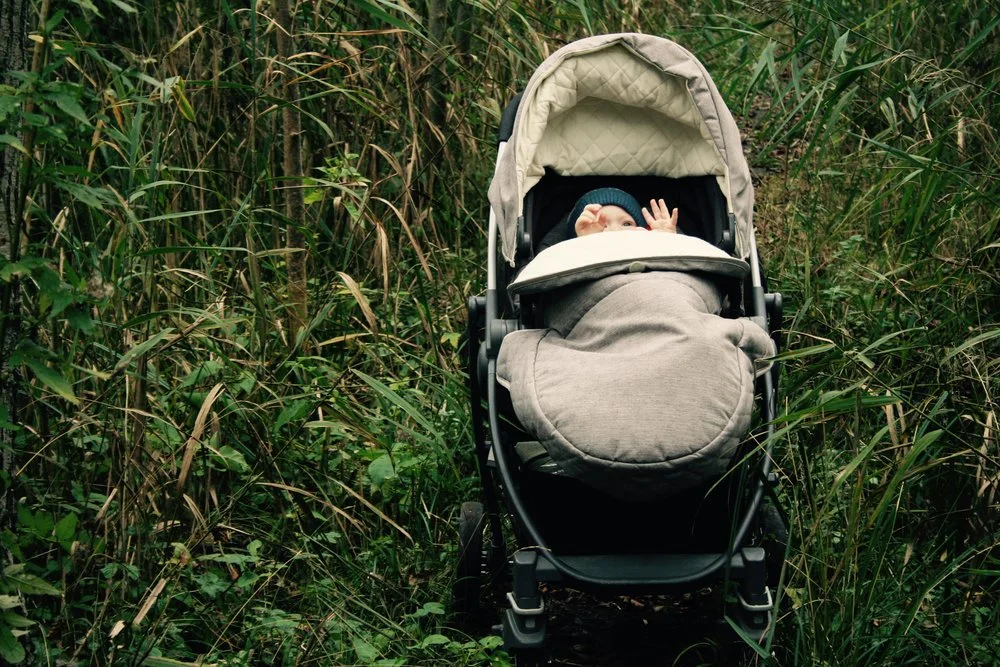Hito Steyerl, Surveillance & the Digital Image
How Not to Be Seen: A Fucking Didactic Educational. MOV File (2013) Steyerl, H. (Available online).
Last week I took part in a Q&A with Patrizia Constantin at Tate Liverpool. The discussion was part of a week-long event, What Is Your Stance?, run by Art History & Curating students from Manchester School of Art. The programme engaged with artworks on display at Tate Liverpool, probing the question: How can art inspire change in our everyday lives?
In our discussion, we examined an artwork by Hito Steyerl, How Not to Be Seen: A Fucking Didactic Educational. MOV File (2013). The work was a 15 minute video which presented a number of humorous ways in which one can hide and become invisible under the watchful eyes of digital technology. Our focus was to examine the impact of digital culture through the subject of surveillance and digital image, using Steyerl’s work as a starting point.
PC - What do you think about the artwork?
GWS - The core root of this film lies in the role of the digital image in the representation and production of reality. If we were to examine our relationship with the digital image via this artwork, this could be read in many different ways…
The first is about surveillance. Steyerl’s choice to format the artwork as an educational film indicates that we as a society must fight against the constant surveillance of digital technology. This is a manual for those who no longer wish to be traced by the watchful eyes of the digital image, and it is an alternative reality where she poses a world in which we can hide.
This leads us to our second condition which renders the human to be powerless. Although in her manual we are told we can become invisible, she mocks this increasingly difficult task through her playful imagery of superheroes, dead pixels and invisibility cloaks as the options we must take to escape the eyes of our technologies. To become invisible we must become smaller than a pixel, the smallest unit of a digital image that can be displayed on a digital device.
Then the video takes a change of tone. She alludes to ‘a disappeared person as an enemy of the state….eliminated, liquidated..and then dissimulated.’ Suddenly disappearance doesn’t seem like an attractive option, and we are reminded that to be invisible can also be deadly. What does it mean to be invisible in the digital age, and what does it mean to be untraceable?
PC - Why is it relevant to today’s climate?
GWS - To me it is a question of control. Are we in control of our digital representation and are we in control of our identity online?
The average person has 92 online accounts, which is predicted to rise to 200 by 2020! This to me represents the decreasing understanding of our control over how we are represented online. If our information is spread across 200 accounts, how is our data there managed, and who else is it passed on to?
Our digital identities are increasingly embedded into everything we do in daily life. It’s not simply a matter of a website login or Instagram account, it is the growing mass of information collated about ourselves online, starting from the moment we enter the world at birth and are recorded through data in hospital.
In How Not to be Seen, the alternative reality it communicates escapes the uncontrollable eye of technology that monitors us even when we do not wish to be seen. But our online presence is not only monitored through those watching, it is also driven by our social habits. In the digital age we strive to be seen. Our physical experiences become recorded through our digital trace through social media and online communication. It is not just difficult to become invisible because society is driven by surveillance, it also driven by an addiction to online images and documentation.
PC - Could you discuss ‘surveillance’ in relation to the poor image and the apparent invisibility of the surveillance infrastructure?
GWS - I think there is quite an interesting parallel to be made that comments on the balance between being visible to surveillance infrastructure, and the visibility of the infrastructure itself.
In How to not be Seen, Steyerl illustrates how in 1996, the photographic resolution for a satellite target was measured by 12m per pixel. In 2013 it is one foot. She is trying to communicate how as technology improves year by year, humans become increasingly powerless in their ability to hide and become invisible.
The infrastructure of technology is becoming increasingly better at size management. If there are any Mad Men fans here, you might have seen the episode where the 1960s advertising office gets its first computer, taking up the space of about three rooms put together. One of the staff members Michael Ginsberg becomes mentally ill as he becomes paranoid of the effects of this monstrous machinery, and ends up removing his nipples!
Today the hardware of technology is becoming smaller and smaller. Data storage takes up less space yet is more powerful. So the technologies that used in surveillance are becoming smaller, and society being watched are becoming clearer and clearer.
What is ironic about the Mad Men character is that he was frightened by the impact of the computer before it became such an important part of daily life. The link between our digital devices and mental health today is so much stronger, even though their apparent effects are better hidden through their; microchips; clever advertising; and ability to pull on human weakness.







